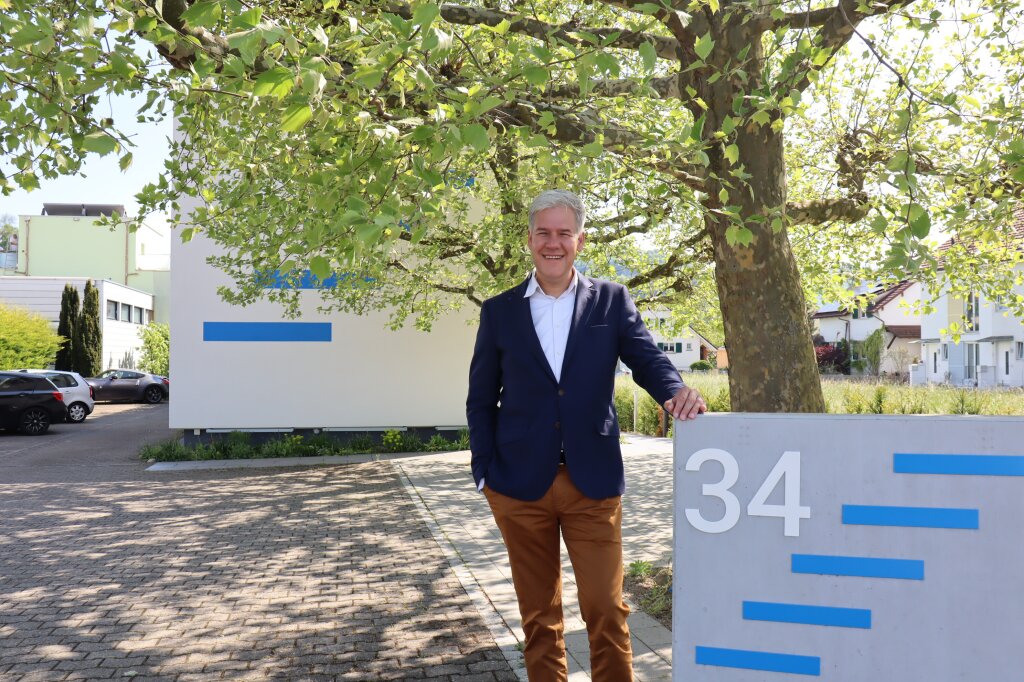Corporate tax reform III
The vote on February 12, 2017 is a milestone in the Swiss tax landscape. We are convinced that the reform will strengthen Switzerland as a business location and the SMEs in our region. We therefore recommend with full conviction that the bill be adopted.
In recent years, Swiss tax regimes have come under increasing international criticism, especially the reduced taxation of foreign income of holding, domiciliary and mixed companies. According to the OECD and the EU, these so-called status companies contribute significantly to the reduction and shifting of profits by multinational companies (also known as BEPS - Base Erosion and Profit Shifting). The main criticism here is the different taxation of domestic and foreign corporate profits. This foreign pressure is to be countered with the third series of corporate tax reforms (CTR III), which was passed by the Swiss parliament on June 17, 2016 and will be voted on by the Swiss electorate on February 12, 2017.
The CTR III sets the general framework at federal level - while preserving the tax sovereignty of the cantons. It provides the cantons with binding guidelines and outlines the possible tax policy measures that the cantons can apply when restructuring their corporate taxation. The abolition of special statuses, such as holding, domiciliary and mixed companies, is binding. The introduction of so-called patent boxes (profits from patents and comparable rights are separated from other profits and taxed at a lower rate) is also prescribed. At the same time, uniform rules will be introduced for the disclosure of hidden reserves in the event of a change of status and when foreign companies move in.
The cantons will continue to have a large scope for structuring their corporate taxation. In principle, they will continue to determine the tax rate for profit tax (as well as capital tax). A tax reduction will not be prescribed insofar as domestic and foreign corporate profits are taxed at the same rate in future. Furthermore, the cantons are free to decide for themselves on the use (and scope) of the tax policy measures envisaged by the federal government.
In addition to the mandatory patent box (amount not prescribed, but limited), there is a choice of increased deductions for research and development (up to 150% of regular expenses), an interest-adjusted profit tax on above-average equity and an adjustment to capital tax. However, cantons that introduce the interest-adjusted profit tax must set the dividend tax rate at a minimum of 60 percent. Relief ceilings are also defined in that all measures adopted by a canton may not lead to a tax relief of more than 80 percent.
The federal government will participate in the financial consequences of the tax reform and is increasing the compensation payment to the cantons. Instead of the previous 17.0%, the cantons will now receive 21.2% of the revenue from direct federal tax.
Planned implementation Canton of Basel-Stadt
On September 8, 2016, the government of the Canton of Basel-Stadt submitted its completed tax package for the implementation of CTR III for consultation. The draft provides for the cantonal profit tax rate to be reduced to an effective 13% (including direct federal tax) and the capital tax rate to 1 per thousand from the date of entry into force. Of the tax policy measures, it includes the patent box and the interest-adjusted profit tax on above-average equity in its tax package. There will be no increased deductions for research and development. With the upper limit of 40% for the maximum tax relief through these two proposed measures, the canton of Basel-Stadt is significantly more restrictive than the upper limit of 80% envisaged by the CTR III. This means that companies can reduce their profit tax burden to a maximum of 11%.
At the same time, the Basel-Stadt government intends to reduce the tax burden on natural persons. The tax-free allowance (social deduction) is to be increased by CHF 1,000 for single people, by CHF 1,500 for single parents and by CHF 2,000 for married couples. Child and education allowances are also to be increased by CHF 100. A further CHF 10 million for health insurance premium reductions is intended to ease the burden on private households.
In addition to the previously declared subsidy from direct federal tax revenues, the partial taxation of dividends from significant shareholdings (more than 10 percent of the share capital or nominal capital) will be increased from 50 percent to 80 percent.
Planned implementation Canton of Basel-Landschaft
The government of the canton of Baselland has not yet presented a finalized tax package. In August 2016, it decided on the cornerstones of its implementation. The effective profit tax rate is to be reduced in stages by one percent per year from 2019 to 14 percent in 2024. Of the tax policy measures, it is in favor of the patent box and increased deductions for research and development (input promotion). It would like to do without an interest-adjusted profit tax on above-average equity. However, it envisages an upper limit for the maximum tax relief from these two proposed measures of between 50 and 70 percent (CTR III envisages a maximum of 80 percent). This means that companies can reduce their profit tax burden to a maximum of 10 percent (from 2024; assumption 70 percent). The municipalities must participate in the reduction through legally defined maximum tax rates.
Relief for natural persons has not yet been worked out in concrete terms.
The subsidy from the federal government is financed by the higher share of direct federal tax revenue. The partial taxation of dividends from significant shareholdings (more than 10% of the share capital or nominal capital) is to be increased from 50% to 60%.
Conclusion
The cantonal implementations, in particular the new tax rates, will be decisive for the fiscal impact of the reform. Not all cantons have commented on this yet, and the rates (as well as the other measures) could still be adjusted in the legislative process.
According to our estimates, the average Swiss SME will benefit from the third series of corporate tax reforms - primarily through the introduction of a lower profit tax rate. In addition, other tax measures such as the patent box, interest-adjusted profit tax on equity, increased deductions for research and development, etc. can contribute to tax optimization.
We would be happy to explain the possible effects on your company and the potential scope for optimizing your tax expenses in a personal meeting.
However, the bill must first pass the referendum on February 12, 2017. If it passes, the cantonal laws will then be drafted, amended and passed through parliaments and any referendums as quickly as possible so that the reforms can also come into force at cantonal level for the 2019 tax period. We recommend with conviction that you vote YES in the federal referendum to create the necessary conditions for a forward-looking tax system.





